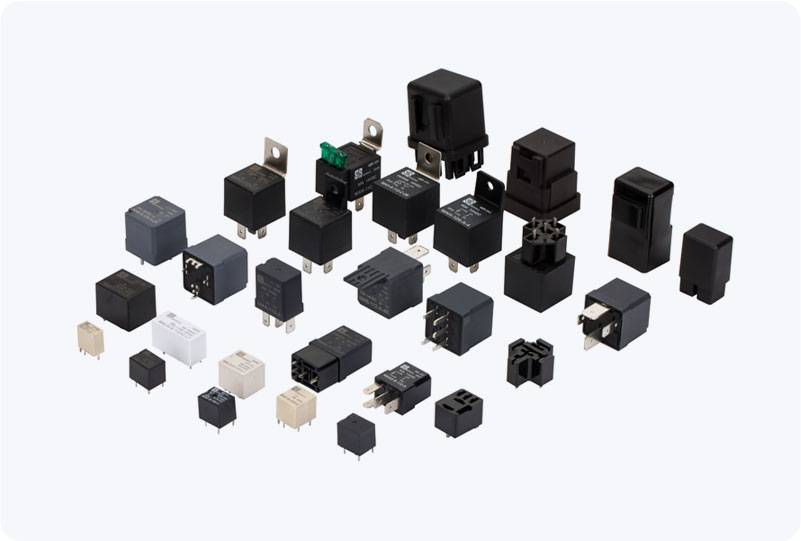exploring the advantages and applications of solid-state hv relay
Release time:2025-10-23 00:50:26
A Solid-State High Voltage (HV) Relay is a sophisticated electronic switching device designed to control the flow of electrical power in high-voltage systems. Unlike traditional electromechanical relays, which rely on physical movement of components to open or close circuits, Solid-State HV Relays use semiconductor technology to perform switching functions. This fundamental difference provides numerous advantages, including faster operation, longer life expectancy, and better reliability. This article delves into the benefits, working principles, and diverse applications of Solid-State HV Relays, highlighting their increasing importance in modern electrical and electronic systems.

Working Principle of Solid-State HV Relays
The key feature of a Solid-State HV Relay is its use of semiconductor materials, such as transistors or thyristors, to control the electrical connection between the high-voltage and low-voltage circuits. These components are activated by an electrical signal, typically from a microcontroller or other low-voltage control systems. The semiconductor material switches the high-voltage circuit on or off without any physical movement, offering a more reliable and durable solution compared to traditional mechanical relays.
To isolate the control circuit from the high-voltage circuit, many Solid-State HV Relays employ optical isolators. These isolators ensure that the high-voltage circuit's potential hazards do not impact the low-voltage control circuit, offering an added layer of protection. The lack of moving parts reduces the chances of wear and tear, contributing to the device's long operational life.

